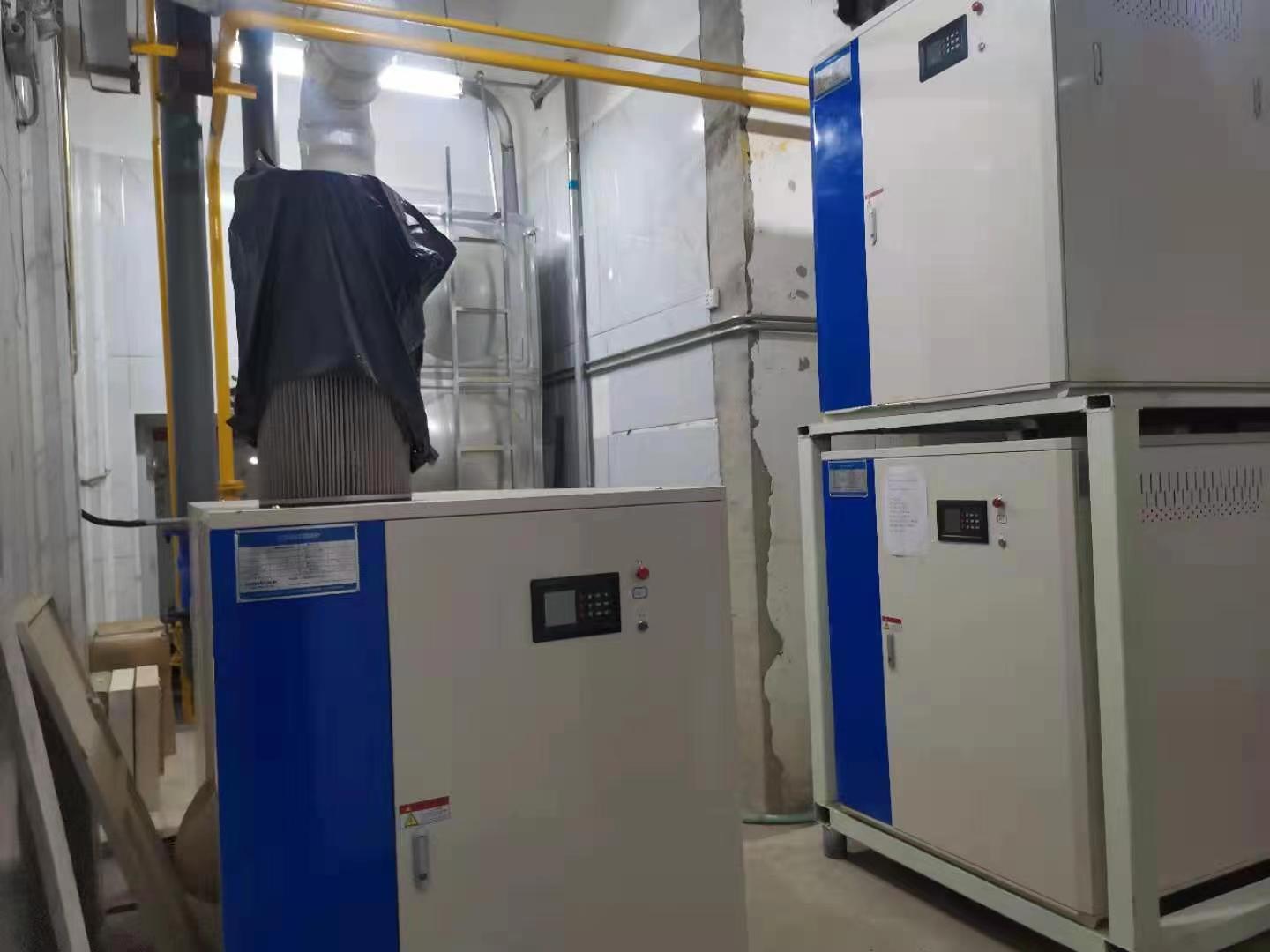Dec . 12, 2024 09:20 Back to list
high temperature heat exchanger
High Temperature Heat Exchangers An Overview
Heat exchangers are critical components in various industrial processes, efficiently transferring heat between two or more fluids without mixing them. Among the different types of heat exchangers, high temperature heat exchangers (HTHEs) are essential in applications requiring heat transfer at elevated temperatures. This article delves into the significance, design considerations, applications, and advancements in high temperature heat exchangers.
Importance of High Temperature Heat Exchangers
High temperature heat exchangers are pivotal in several industries, including power generation, petrochemical, aerospace, and metallurgy. In these sectors, the ability to manage heat effectively is crucial for optimizing process efficiencies and enhancing energy conservation. HTHEs play a significant role in boiler systems, gas turbines, and nuclear reactors, where substantial temperature gradients exist.
The efficiency of energy conversion systems fundamentally relies on the performance of HTHEs. For instance, in power plants, HTHEs facilitate the recovery of residual heat from exhaust gases or hot fluids, which can then be utilized to improve overall plant efficiency or even generate additional power through steam production. The ability to withstand high temperatures while maintaining structural integrity is therefore paramount.
Design Considerations
The design of high temperature heat exchangers involves numerous factors to ensure optimal performance and longevity. Key considerations include
1. Materials of Construction HTHEs operate under extreme thermal conditions, often exceeding 600°C (1112°F). As such, materials must possess excellent thermal resistance and mechanical strength. Stainless steels, nickel-based alloys, and ceramics are commonly used due to their high melting points and resistance to oxidation.
2. Heat Transfer Efficiency The effectiveness of a heat exchanger is determined by its design and configuration. Counterflow designs tend to be more efficient than parallel flow designs, as they allow for a greater temperature differential between fluids. The choice of surface area, flow arrangement, and fin configurations also significantly impacts heat transfer rates.
3. Pressure Drop Minimizing pressure loss across the heat exchanger is crucial for maintaining system efficiency. This requires balancing fluid velocities and ensuring optimal channel geometries. An excessive pressure drop can lead to increased operational costs and reduced overall performance.
4. Thermal Expansion At high temperatures, thermal expansion can cause mechanical stresses. Therefore, designers must consider expansion joints or flexible connections to accommodate these changes without compromising structural integrity.
high temperature heat exchanger

5. Corrosion Resistance High temperatures often accompany corrosive environments. Therefore, protective coatings and corrosion-resistant alloys are vital to prolonging the lifespan of heat exchangers in such conditions.
Applications of High Temperature Heat Exchangers
High temperature heat exchangers find applications across various domains
- Power Plants In both conventional and renewable energy systems, HTHEs are utilized for heat recovery from flue gases, enhancing efficiency and reducing emissions. - Aerospace In aircraft engines, high temperature heat exchangers assist in managing the heat generated during combustion, ensuring optimal performance and safety.
- Chemical Processing In petrochemical refineries, HTHEs are employed in processes like catalytic cracking and distillation, where high temperatures are necessary for chemical reactions.
- Nuclear Reactors HTHEs are integral components in nuclear power plants, facilitating heat transfer from the reactor core to the steam generators.
Advancements in High Temperature Heat Exchangers
The ongoing research and technological advancements in materials and design methodologies continue to enhance the performance and efficiency of high temperature heat exchangers. Innovations in additive manufacturing are enabling the production of complex geometries that can improve heat transfer rates while reducing weight. Additionally, the development of advanced materials, such as carbon-based composites and new alloys, is paving the way for HTHEs that can operate under even higher temperatures and harsher conditions.
Moreover, the integration of digital technologies, such as predictive maintenance and real-time monitoring systems, is redefining how HTHEs are managed, ensuring optimal performance and early identification of potential failures.
Conclusion
High temperature heat exchangers are crucial for a wide array of industrial applications, playing a vital role in energy efficiency and sustainability. With ongoing advancements in materials science and engineering, the future of HTHEs looks promising, paving the way for even more effective heat management solutions in high-temperature scenarios. As industries strive for greater efficiency and lower environmental impact, the importance of high temperature heat exchangers will continue to grow.
-
Durable Cast Steel Concrete Pipe Mold Bottom Rings & Base Trays
NewsAug.23,2025
-
Centrifugally Cast Iron Water Main Pipe for Reliable Mains
NewsAug.22,2025
-
Durable Centrifugally Cast Iron Water Main Pipe
NewsAug.11,2025
-
Centrifugally Cast Iron Water Main Pipes for Reliability
NewsAug.10,2025
-
High-Quality Centrifugally Cast Iron Water Main Pipes
NewsAug.09,2025
-
Durable Cast Iron Water Main Pipe & Drainage Solutions
NewsAug.08,2025


